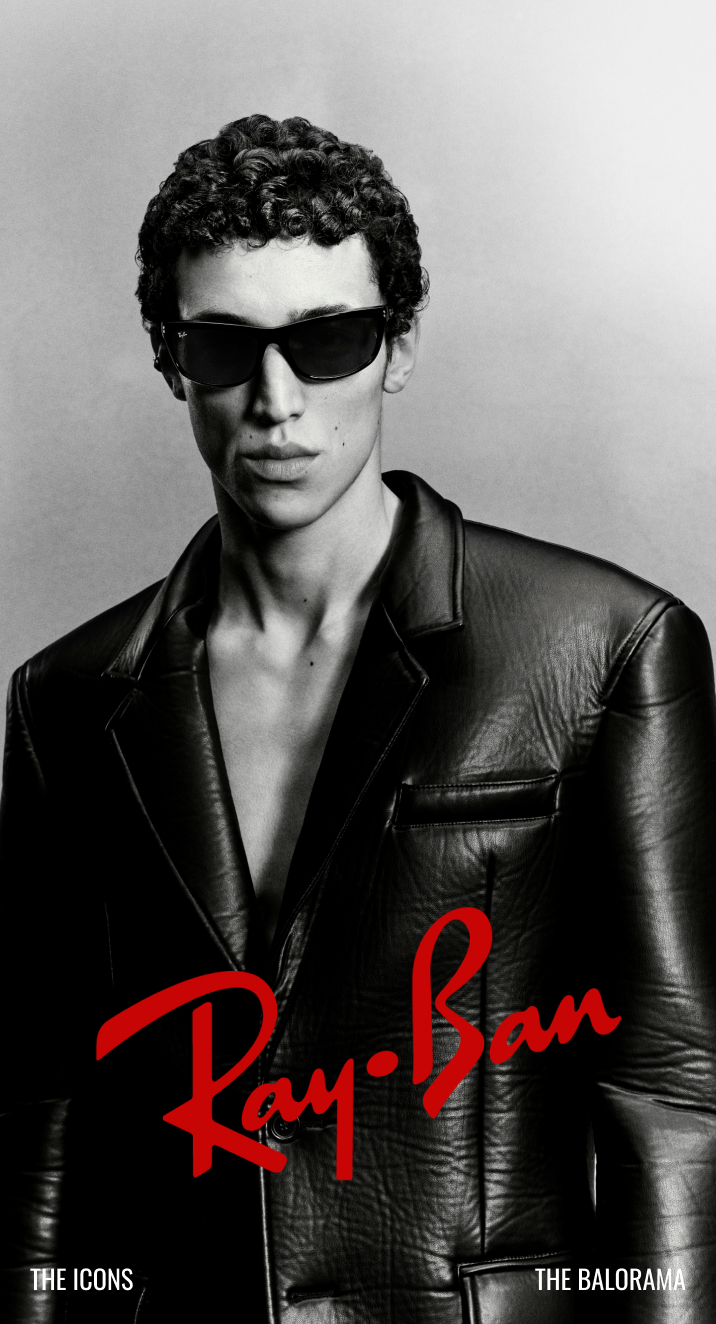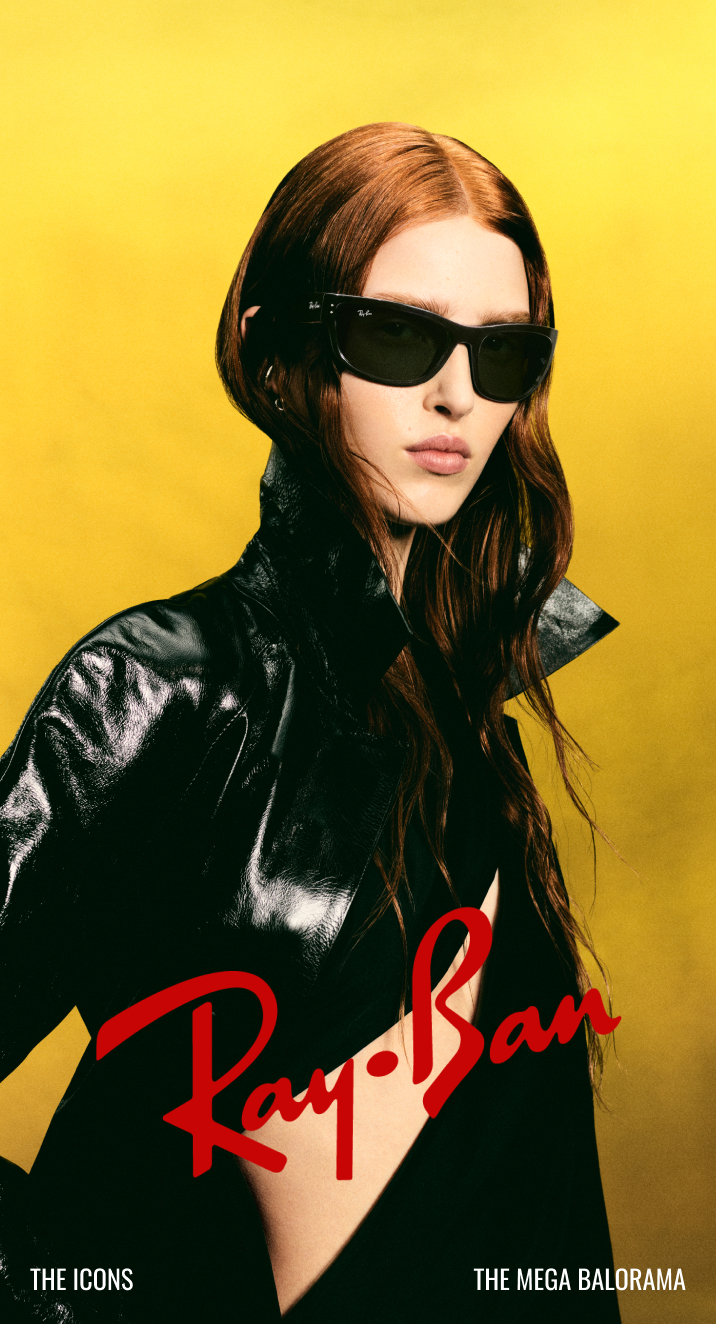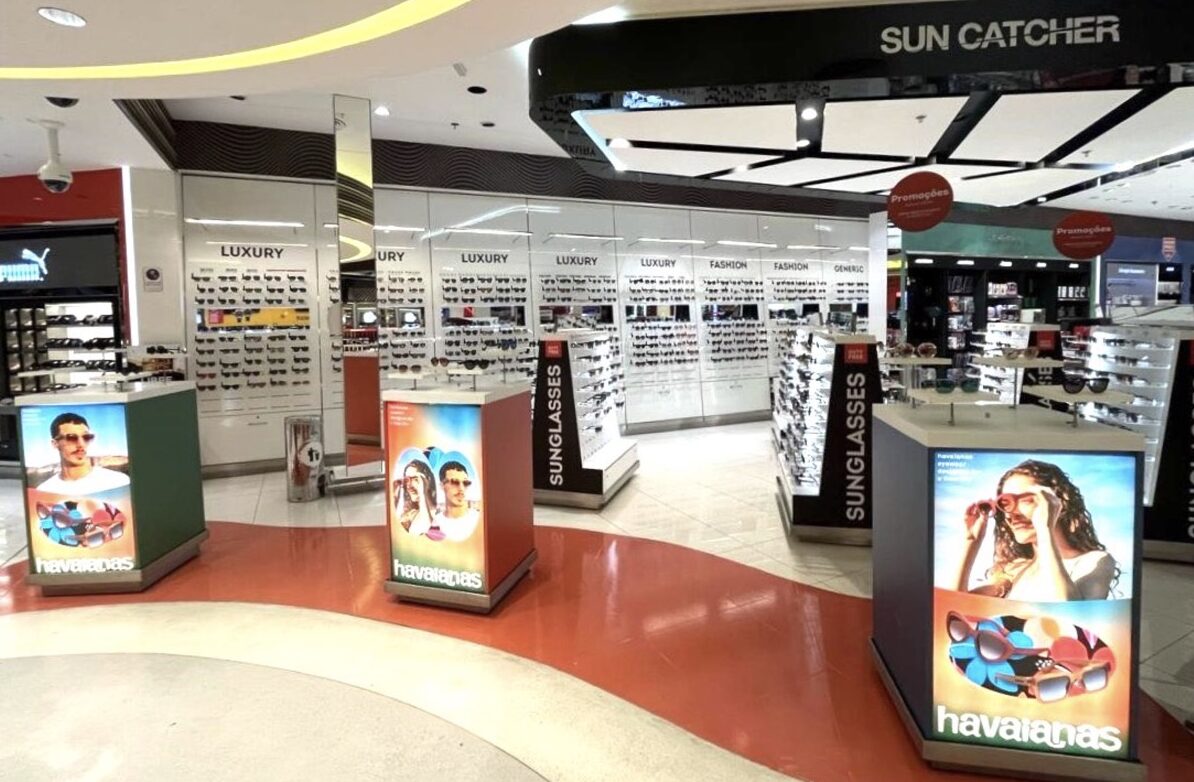
In this guest column, Luxottica Group Global Channels Director Alessandro Pozzi discusses what he says is the single biggest opportunity for sunglasses growth in travel retail.
According to Generation Research, the size of the sunglasses category grew from US$806 million in 2009 to US$1.66 billion in 2013. That’s a CAGR of 15% which, alongside perfumes & cosmetics, made it one of the fastest growing categories in the channel at the time. Amazing progress. Amazing performance, doubling in size in five years. The sleeping giant of sunglasses had awoken. Or had it?
From 2013 to 2017, the category’s CAGR slumped to 1.77%, while perfumes & cosmetics has powered forward relentlessly and other categories have found a new lease of life.
I think some of the cooling in sunglasses can be attributed to early quick-wins being achieved, and there’s certainly been geopolitical instability between 2012 and 2016 that impacted everyone in the industry. However, something in the sunglasses numbers still doesn’t seem right.
Since 2013, Luxottica – and many of our fellow sunglasses suppliers, I’m sure – has consistently achieved record performances year-after-year in travel retail, far exceeding category growth.
Generation Research has been very open about its approach, assumptions and limitations to sunglasses data. This has given rise to a major new project by leading sunglasses suppliers, retailers and Generation, to improve our understanding of the true size of the sunglasses pie and trends. We hope to have a new, more reliable sunglasses data panel established over the summer, but more information will be provided on this in due course.
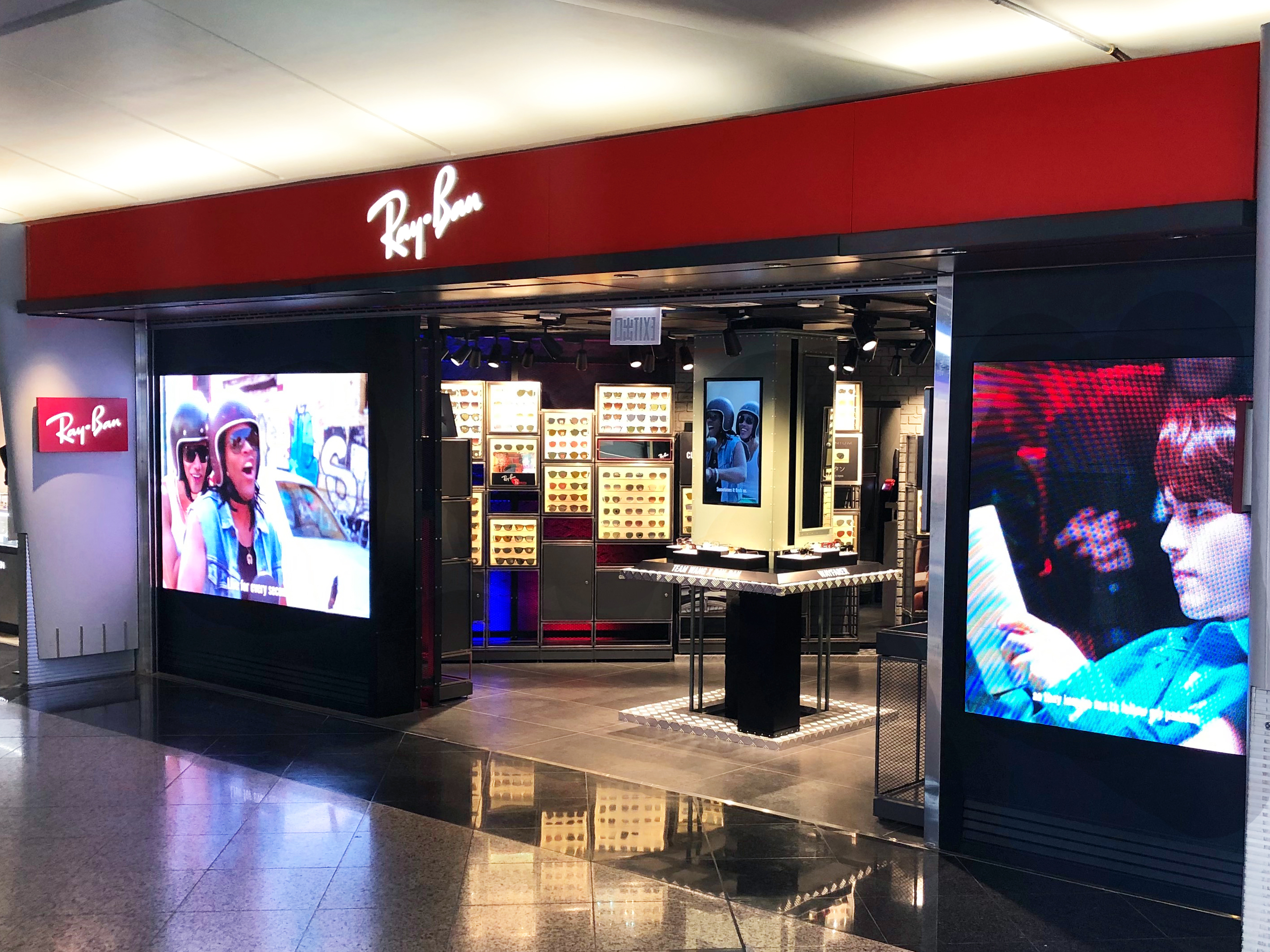
Growth opportunities
As a category, we still have many keys that can unlock growth. Over the course of the next year, I hope to share a few more of these in detail. In this piece, I want to discuss possibly the single biggest opportunity for sunglasses growth in travel retail: specialist standalone sunglasses stores.
How many airports have them? Probably not more than 50%. How many exist in downtown complexes? Very few. Would they work on cruise ships or ferries? Quite possibly. And here’s why standalone stores are so important…
According to m1nd-set Research, 77% of sunglasses purchases are pre-planned, making it a ‘destination category’ in travel retail. The perfect entry point into luxury and premium brands. Suitable for all passengers, irrespective of age, gender, race or religion. Relatively high ATV. Legislation light. Inherently linked with travel.
However, when sunglasses are solely placed as a department within the main duty free store, the category can be over-shadowed by the likes of beauty, liquor and confectionery. In that environment, sunglasses lose visibility, focus and specialism. The solution is to increase the specialist visibility of the category in other parts of the passenger journey, primarily through standalone concepts.
Here are three of my observations on successfully running a standalone sunglasses store:
1) Partnerships
Close retailer-brand partnerships are the foundation of any travel retail operation, but possibly even more so in sunglasses. As brands, we provide expert product knowledge, trends, styles, marketing and training support. We have a lot of tools and resources at our disposal. Retailers bring the knowledge of travellers, operational experience, customer service culture and connection to the landlords. Put all these assets together and it’s a winning formula.
2) A recognisable store banner
Famous and trusted store names drive footfall. Sunglass Hut would be the most recognisable, as the leading global sunglasses retail brand with over 3,200 stores worldwide and more than 250 stores in airports today.
Some retailers have successfully developed their own standalone concepts, supported by the experience and knowledge of brand partners – for example, Duty Free Americas’ sunglasses boutique in Punta Cana and Tocumen are performing very well. Elsewhere, Dufry has Suncatcher, Lagardère has Eye Love and Heinemann is working on some exciting concepts.
3) Incrementality
It’s been proven that standalone sunglasses stores do not cannibalise sunglasses sales from the multi-category environments – instead, they drive incremental growth. It’s not a case of ‘one or the other’. Sunglasses presence in the main multi-category duty free store should be maintained, as it still captures that important impulse need. The winning approach for sales optimisation is to have multiple formats of sunglasses at multiple touchpoints throughout the airport experience. This is especially important when you have airports with different terminals, different layouts and passenger flows and different retail propositions.
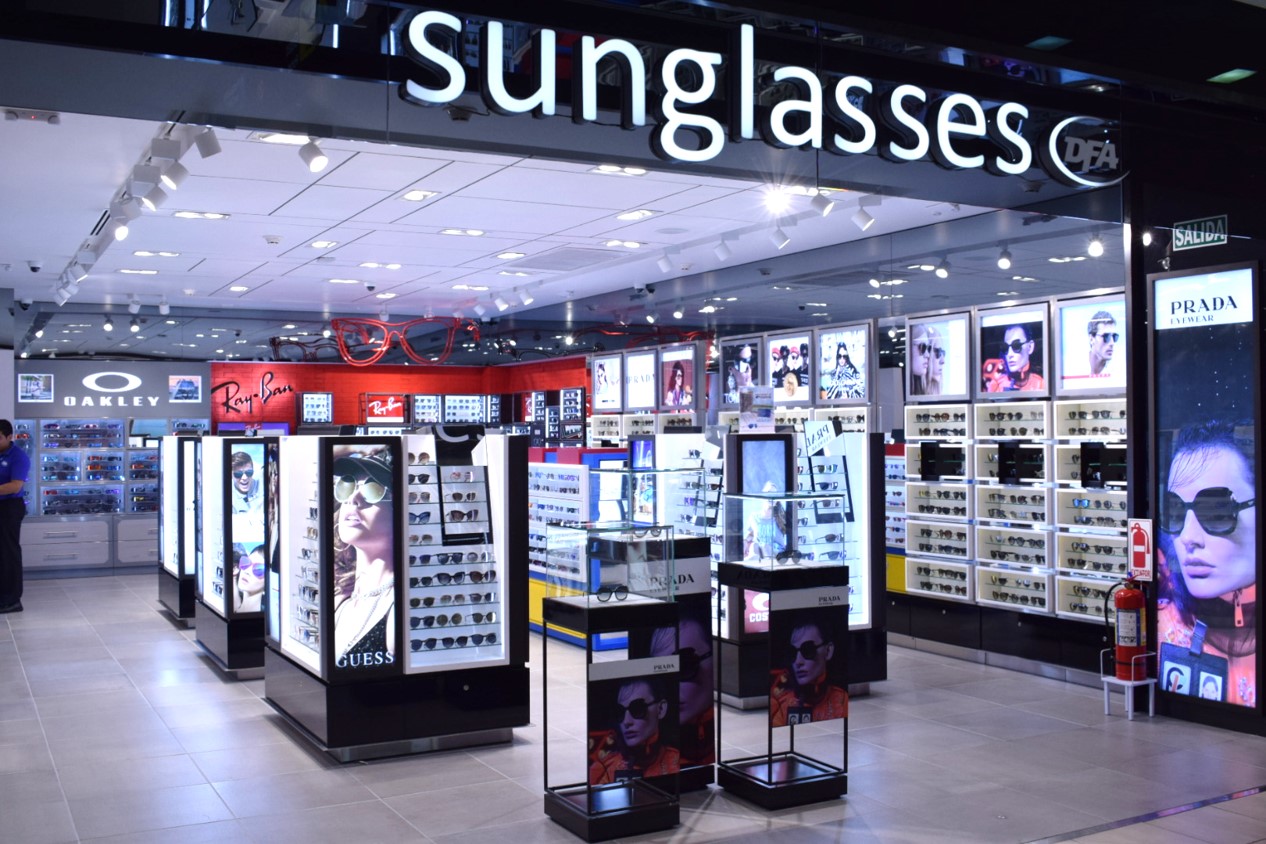
Call-to-action
Airports should think about the incremental opportunity that could come from diversifying how and where sunglasses areas are present across their real estate, keeping in mind that the space productivity of sunglasses is comparatively very high.
Retailers should think about where it makes sense to pitch the idea of standalone stores to their airport partners – either in franchise model through a brand such as Sunglass Hut or developing their own concept.
Brands should think about how to support the expansion of standalone stores with new marketing concepts, and even explore the possibility of developing their own temporary or permanent standalone concepts such as Luxottica’s recently opened Ray-Ban store in Hong Kong Airport and Oakley store in Sydney Airport.
Alessandro.Pozzi@luxottica.com
*This feature appears in Moodie Davitt Sunglasses Curated, a monthly enewsletter series that offers a selection of stories focused on key categories in travel retail and beyond. If you would like to be added to the Curated Sunglasses mailing list (or to those for any other Moodie Davitt titles), please e-mail Sinead Moodie at Sinead@MoodieDavittReport.com



